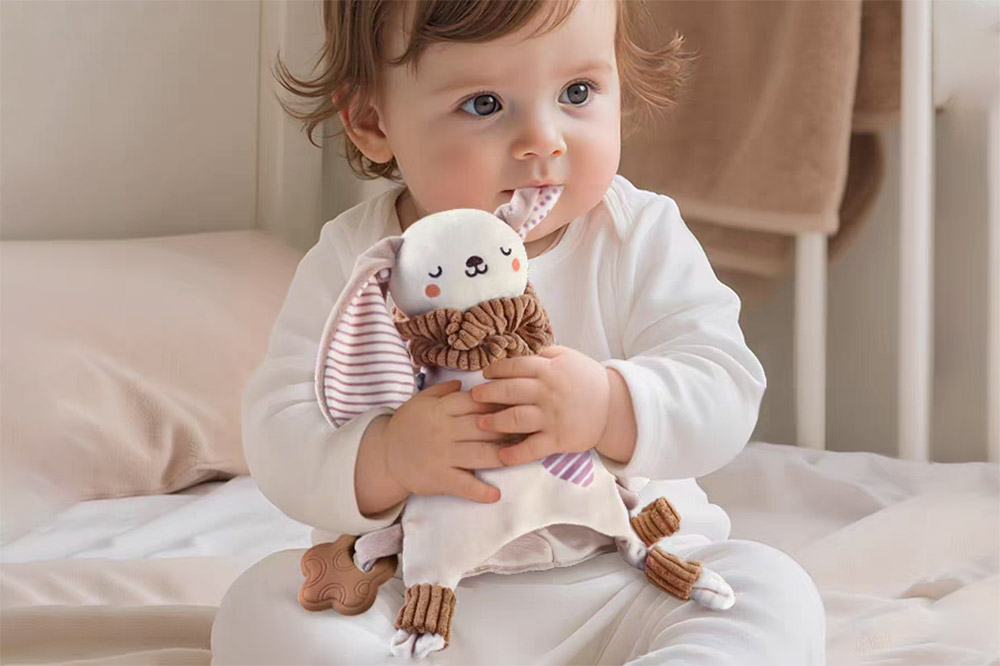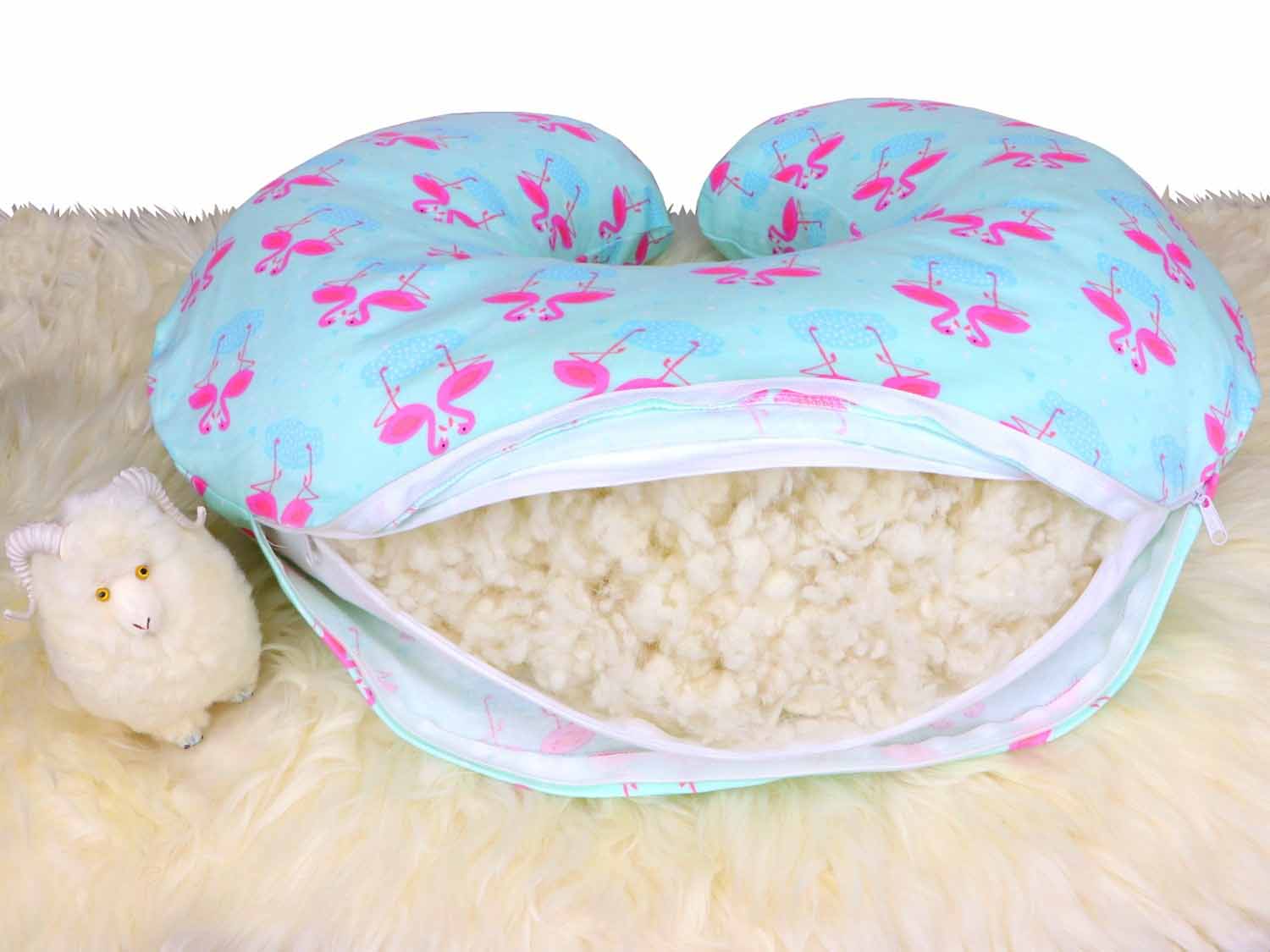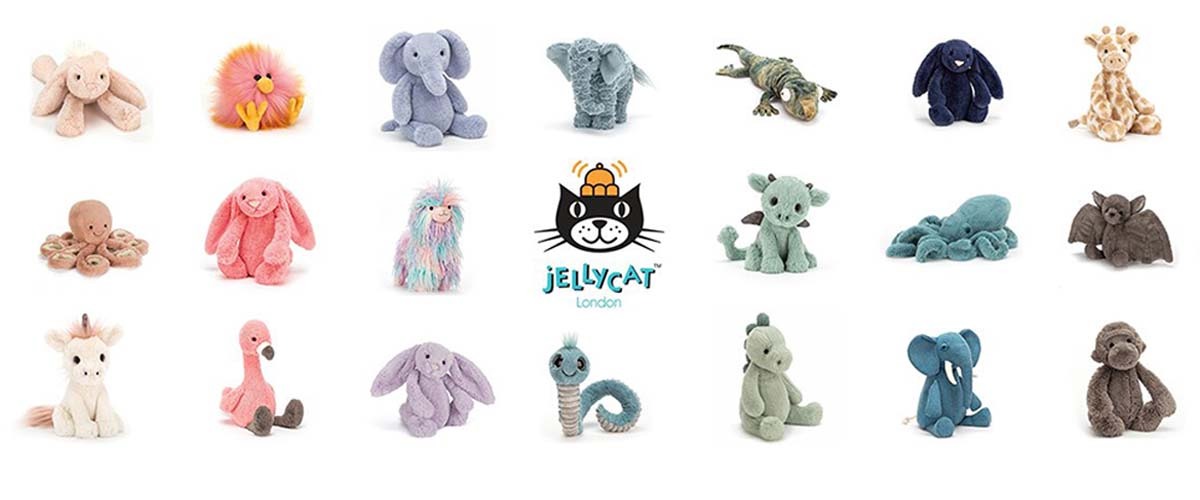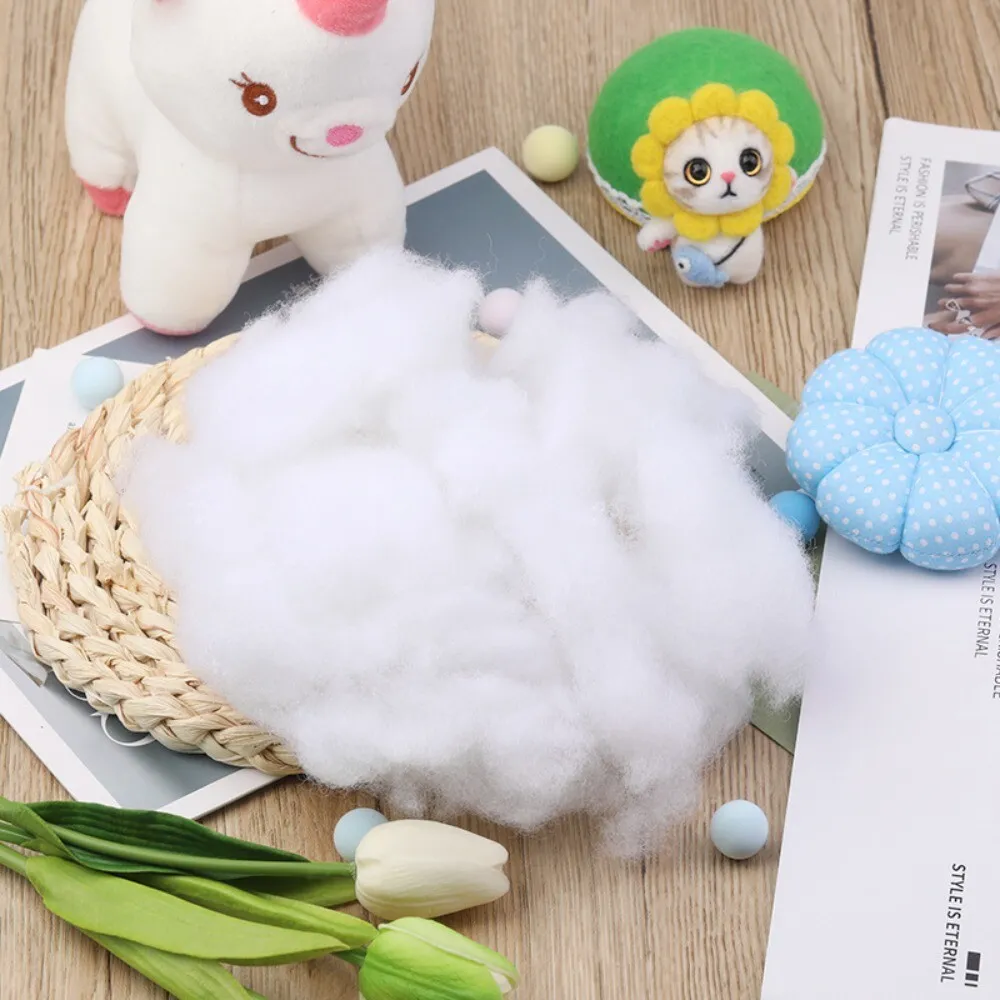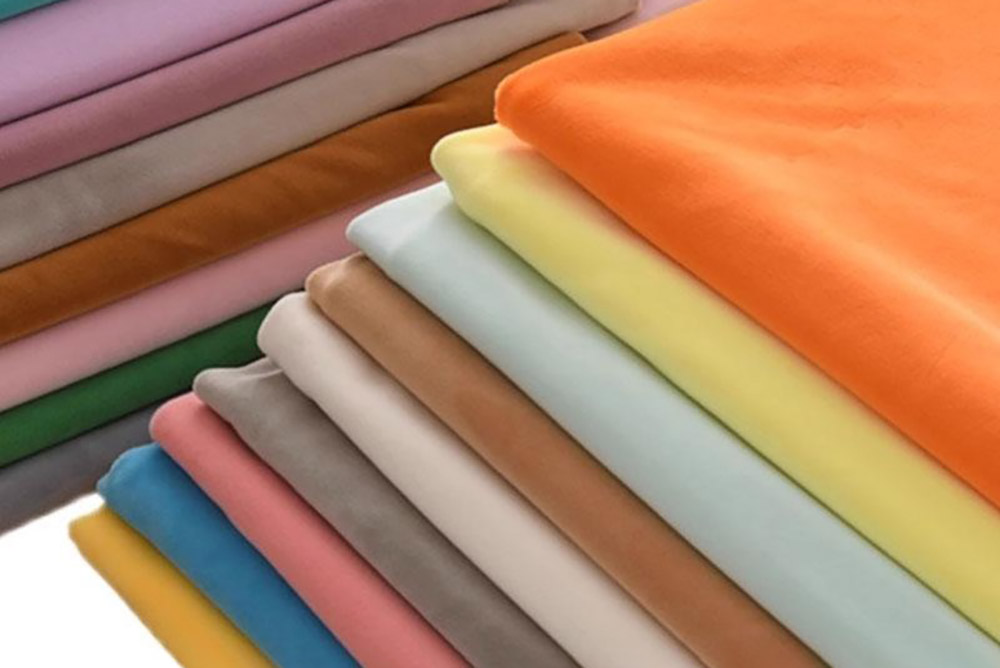Children’s plush toys must be more than soft and cute—they must also be safe, durable, and compliant with strict regulations. Parents, retailers, and global buyers expect toys that meet international safety standards and give peace of mind. Choosing the right fabrics, stuffing, and accessories is therefore one of the most important steps in plush toy manufacturing.
This guide explores the safest materials for children’s plush toys, covering fabrics, stuffing, eco-friendly alternatives, dyes, threads, and testing standards.
What Safety Standards Define Suitable Materials for Children’s Plush Toys?

Safety in children’s toys is defined by international regulations. For plush toys, the most important are:
- EN71 (Europe): Covers flammability, mechanical safety, and chemical content.
- ASTM F963 (USA): Regulates small parts, toxicity, and labeling.
- ISO 8124 (International): Provides global harmonization for toy safety.
- CPSIA (USA): Requires lead-free and phthalate-free materials for children’s products.
Materials must pass strict testing for chemical safety, mechanical strength, and flammability. Fabrics, stuffing, and even accessories like eyes or zippers must all comply.
Global Toy Safety Standards
| Region | Standard | Key Focus Areas | Buyer Note |
|---|---|---|---|
| Europe | EN71 | Flammability, chemicals, durability | Required for EU imports |
| USA | ASTM F963 | Toxicity, choking, labeling | Essential for US compliance |
| USA | CPSIA | Lead-free, phthalate-free | Mandatory for children under 12 |
| Global | ISO 8124 | International harmonized toy safety | Useful for multi-market exports |
| Japan | ST Standard | Chemicals, mechanical safety | Required for Japan retail |
Which Fabrics (Velboa, Minky, Organic Cotton) Are Safest for Children’s Use?

Fabrics define how plush toys feel against the skin. For children, especially infants, the fabric must be soft, hypoallergenic, and safe to chew or hug.
- Velboa: A short-pile synthetic fabric, durable and easy to wash. Popular in mass-market plush toys.
- Minky: Ultra-soft, silky texture, often used in baby toys and blankets.
- Organic Cotton: Natural and chemical-free, ideal for eco-conscious parents and infant plush.
The key is certification. Even safe fabrics must be tested for chemical residues, dyes, and flammability before approval.
Safe Fabrics for Children’s Plush Toys
| Fabric | Safety Benefit | Best Use Case |
|---|---|---|
| Velboa | Durable, easy to wash | Mass-market plush toys |
| Minky | Soft, soothing, hypoallergenic | Baby plush, cuddle toys |
| Organic Cotton | Natural, chemical-free | Infant plush, eco collections |
How Do Stuffing Materials Like Polyester Fiberfill and Cotton Ensure Safety?

The stuffing inside a toy determines not only softness but also compliance. Safe stuffing must be non-toxic, clean, and free from sharp particles.
- Polyester Fiberfill: The most common filling, hypoallergenic, lightweight, and machine-washable.
- Cotton: A natural alternative, breathable and soft, though less common in mass production due to higher cost.
- Beads or Pellets: Sometimes added for weight, but must be secured in inner pouches to prevent choking risks.
Stuffing must undergo flammability and cleanliness testing. For children under three, loose-fill beads are discouraged unless double-secured.
Safe Stuffing Materials
| Stuffing Type | Safety Feature | Common Application |
|---|---|---|
| Polyester Fiberfill | Hypoallergenic, washable | Standard plush toys |
| Natural Cotton | Chemical-free, breathable | Eco plush, premium collections |
| Secured Beads/Pellets | Adds weight, sensory benefit | Weighted plush toys (older kids) |
Are Eco-Friendly Options (RPET, Bamboo Fiber) Safe and Reliable for Kids’ Plush Toys?

Eco-friendly stuffing and fabrics are increasingly demanded by global buyers. These materials not only appeal to sustainability-focused markets but also ensure safe use for children when properly certified.
- RPET Fiber: Recycled polyester made from plastic bottles. Provides the same softness as virgin polyester but with reduced environmental impact.
- Bamboo Fiber: Naturally antibacterial and breathable, suitable for infant toys.
- Soybean Fiber: Plant-based and soft, though still niche in the toy industry.
The challenge for eco materials is consistency and certification. Buyers should confirm test reports before mass production.
Eco-Friendly Safe Options
| Material | Benefit | Safety Note |
|---|---|---|
| RPET Fiber | Sustainable, durable, washable | Must be certified for child safety |
| Bamboo Fiber | Antibacterial, breathable | Ideal for infant plush |
| Soybean Fiber | Plant-based, soft | Limited use, higher cost |
What Types of Dyes, Threads, and Accessories Are Approved for Children’s Plush Toys?

Safety extends beyond fabric and stuffing. The dyes, threads, and accessories must also be safe for children.
- Dyes: Only azo-free, non-toxic dyes are approved. Harmful chemical dyes are banned under EU and US laws.
- Threads: Polyester or cotton threads that are strong, colorfast, and non-toxic.
- Accessories: Embroidered eyes are safest for infants. Plastic eyes or noses must be safety-locked and pass pull tests. Zippers or buttons are rarely used in toys for children under three.
Every component must be tested for toxicity and durability, as small parts pose choking hazards.
Safe Accessories & Add-ons
| Component | Safety Requirement | Best Practice for Children’s Plush |
|---|---|---|
| Dyes | Azo-free, non-toxic | Only certified textile dyes |
| Threads | Strong, colorfast, non-toxic | Polyester/cotton blend |
| Eyes/Noses | Embroidered or safety-locked plastic | Embroidery for infants |
| Zippers/Buttons | Avoid for under 3 years | Only for older children’s plush |
How Do Manufacturers Test and Certify Plush Toy Materials for Child Safety?

Manufacturers must follow strict testing protocols before plush toys enter the market. Testing includes:
- Chemical Testing: Checks for heavy metals, lead, and phthalates.
- Mechanical Testing: Ensures seams, threads, and accessories withstand pulling and chewing.
- Flammability Testing: Confirms materials do not catch fire easily.
- Wash Testing: Ensures fabrics and stuffing maintain safety after cleaning.
Independent labs like SGS, Intertek, and TÜV provide these certifications. Buyers should always request test reports before finalizing an order.
Testing Methods for Plush Toy Safety
| Test Type | Purpose | Buyer Action |
|---|---|---|
| Chemical Tests | Check toxicity, banned substances | Request EN71/ASTM reports |
| Mechanical Tests | Strength of seams and accessories | Verify pull-test results |
| Flammability | Ensure slow burning or resistance | Ask for compliance certificates |
| Wash Testing | Maintain safety after cleaning | Request wash durability reports |
Conclusion
Safe materials are the foundation of children’s plush toys. From fabrics and stuffing to dyes and accessories, every component must meet strict international standards.
At Kinwin, we provide global buyers with plush toys made from certified fabrics, safe stuffing, and eco-friendly options, all tested to comply with CE, ASTM, and CPSIA standards.
📧 Contact us at :[email protected]
🌐 Visit kinwintoys.com
Let’s work together to develop safe, durable, and market-ready plush toys that parents can trust and children will love.


